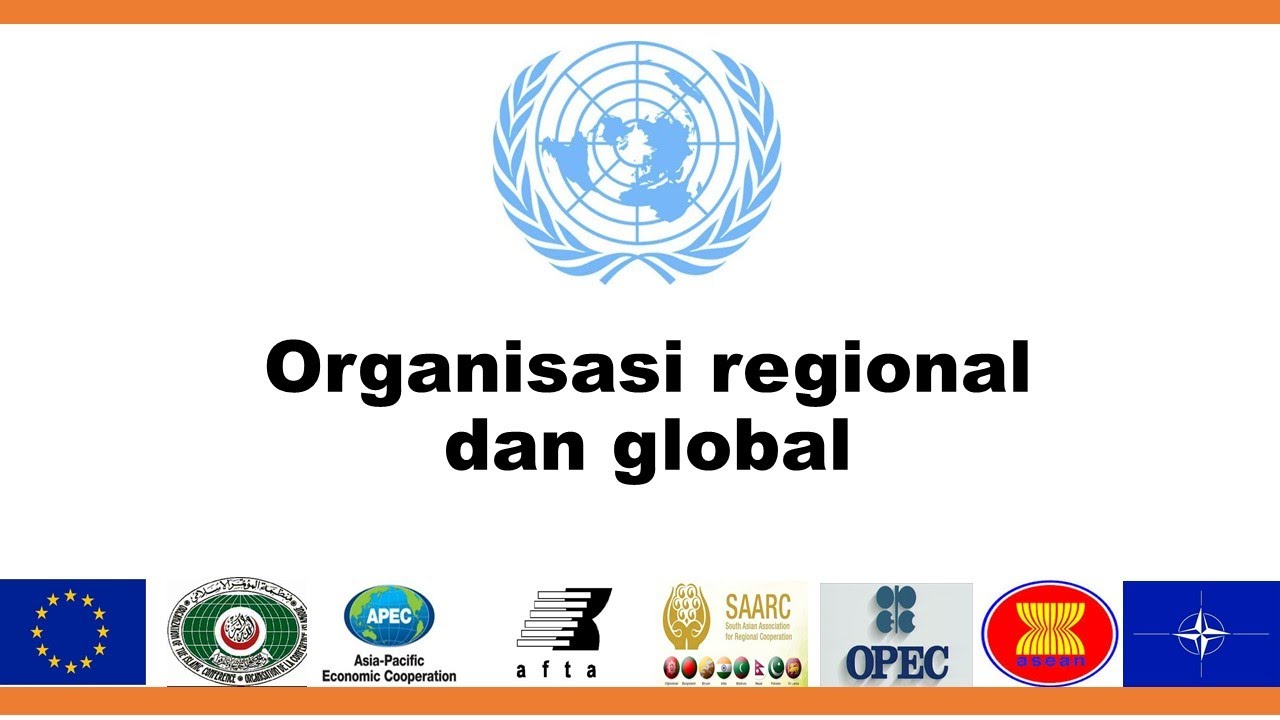Politics of International Trade Ep. 03: The Evolution of The Global Trading System
Summary
TLDRThis video explores the evolution of the global trading system, starting from the failed establishment of the International Trade Organization (ITO) after World War II to the limited governance under the General Agreement on Tariffs and Trade (GATT). It highlights the complexities of international trade negotiations and the internal U.S. political struggle between internationalists and protectionists, which led to the ITO's rejection. The discussion emphasizes how trade liberalization principles were intended to prevent conflict and promote free trade, yet were hindered by domestic concerns over economic impacts and competitiveness.
Takeaways
- 🌍 Nations engage in trade to benefit economically and politically, driven by various theories of international trade.
- 📜 The International Trade Organization (ITO) was proposed post-World War II but ultimately failed to be established.
- 🛠️ The General Agreement on Tariffs and Trade (GATT) served as a temporary framework for international trade management after the ITO's failure.
- 🤝 The negotiations for a global trade regime occurred alongside discussions on monetary and financial systems after World War II.
- ⚖️ Trade policy negotiations emphasized the need to reduce tariffs and barriers while minimizing trade discrimination.
- 🗳️ The U.S. Congress rejected the ITO due to domestic political dynamics, highlighting the tension between internationalists and protectionist groups.
- 🔄 Protectionist groups in the U.S. were concerned about the impacts of trade liberalization on domestic producers and the economy.
- 📉 The ITO's failure led to limited management of international trade issues, primarily addressed through GATT, which lacked legal binding power.
- 🌐 The GATT was more acceptable to protectionists because it focused on tariff reduction without strong enforcement mechanisms.
- 🚫 The absence of a robust international organization for trade after WWII left a significant gap in global trade governance.
Q & A
What are the main questions addressed in the course on international trade?
-The course addresses why nations trade, the different theories explaining trade flows, how international trade is governed, and why some countries choose to liberalize trade while others adopt protectionist policies.
What significant event in history influenced the establishment of international trade governance?
-The discussions on global trade governance were significantly influenced by the aftermath of World War II, particularly the desire to prevent future conflicts.
What was the International Trade Organization (ITO), and why was it proposed?
-The ITO was proposed as an international organization to manage trade issues and promote non-discriminatory trade practices, aiming to reduce tariffs and trade barriers to foster global economic stability.
Why did the ITO ultimately fail to be established?
-The ITO failed due to its rejection by the U.S. Congress, driven by domestic political dynamics and concerns from protectionist groups about the effects of trade liberalization on the U.S. economy.
What role did domestic politics play in the rejection of the ITO?
-Domestic politics played a crucial role, with a struggle between internationalists who supported trade liberalization and protectionists who feared economic repercussions for U.S. producers.
How does the GATT differ from the proposed ITO?
-GATT focused primarily on tariff reduction and lacked legally binding provisions, making it less comprehensive than the ITO, which was designed to address broader trade issues.
What was one of the main principles agreed upon by the countries negotiating the ITO?
-One of the main principles was the commitment to non-discriminatory trade practices, which were intended to minimize trade discrimination and promote free trade.
What were the broader economic discussions happening alongside trade negotiations post-WWII?
-The trade negotiations were happening concurrently with discussions on managing monetary and financial sectors, reflecting an integrated approach to post-war economic stability.
What consequences did the failure of the ITO have on international trade management?
-The failure of the ITO led to a lack of a dedicated international organization for trade issues, resulting in limited governance of international trade under the GATT framework.
Why was GATT considered more acceptable to protectionist groups in the U.S.?
-GATT was seen as less harmful than the ITO because it primarily focused on tariff reduction without imposing strict legal obligations, aligning better with the interests of protectionist groups.
Outlines

Dieser Bereich ist nur für Premium-Benutzer verfügbar. Bitte führen Sie ein Upgrade durch, um auf diesen Abschnitt zuzugreifen.
Upgrade durchführenMindmap

Dieser Bereich ist nur für Premium-Benutzer verfügbar. Bitte führen Sie ein Upgrade durch, um auf diesen Abschnitt zuzugreifen.
Upgrade durchführenKeywords

Dieser Bereich ist nur für Premium-Benutzer verfügbar. Bitte führen Sie ein Upgrade durch, um auf diesen Abschnitt zuzugreifen.
Upgrade durchführenHighlights

Dieser Bereich ist nur für Premium-Benutzer verfügbar. Bitte führen Sie ein Upgrade durch, um auf diesen Abschnitt zuzugreifen.
Upgrade durchführenTranscripts

Dieser Bereich ist nur für Premium-Benutzer verfügbar. Bitte führen Sie ein Upgrade durch, um auf diesen Abschnitt zuzugreifen.
Upgrade durchführenWeitere ähnliche Videos ansehen
5.0 / 5 (0 votes)






